This animation shows the shapes of some elliptical orbits. These orbits have different eccentricities. If an ellipse has a high eccentricity, is it round like a circle or long like an oval?
Click on image for full size
Original animation by Windows to the Universe staff (Randy Russell).
Eccentricity of an Orbit
Do you think Earth moves around the Sun in
a circle? That is almost true, but not quite. The shape of Earth's orbit isn't
quite a perfect circle. It is more like a "stretched out" circle
or an oval. Mathematicians and astronomers call this shape an "ellipse".
Astronomers use a special word to describe how round, or how long and skinny,
and ellipse is. The word they use is "eccentricity". If the eccentricity of
an orbit is close to zero, the ellipse is nearly a circle. If it is close
to one, the ellipse
is
long
and skinny.
Earth's orbit has a small eccentricity, close
to zero. Earth's
orbit is almost
a perfect circle. Can you guess which planet has the highest eccentricity?
It's Pluto! Pluto's
orbit is not as much like a nice, round circle as Earth's.
Most comets have even more stretched out
orbits than planets. Comet orbits usually have high eccentricities.
You might also be interested in:
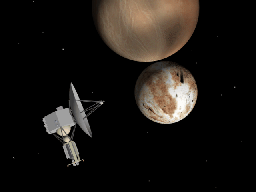
Pluto is a frigid ball of ice and rock that orbits far from the Sun on the frozen fringes of our Solar System. Considered a planet, though a rather odd one, from its discovery in 1930 until 2006, it was
...more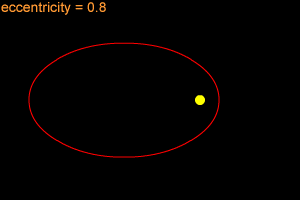
Do you think Earth moves around the Sun in a circle? That is almost true, but not quite. The shape of Earth's orbit isn't quite a perfect circle. It is more like a "stretched out" circle or an
...more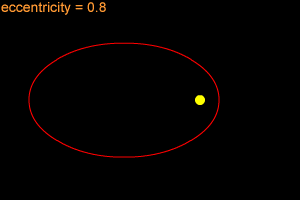
Do you think Earth moves around the Sun in a circle? That is almost true, but not quite. The shape of Earth's orbit isn't quite a perfect circle. It is more like a "stretched out" circle or an
...more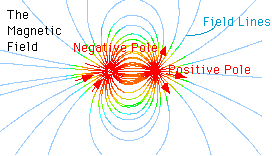
The force of magnetism causes material to point along the direction the magnetic force points. Here's another picture of how this works. This picture shows where the magnetic poles of the Earth are to
...more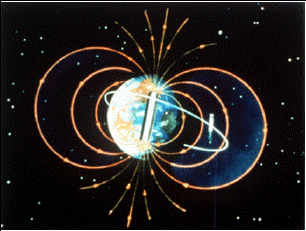
The Earth has a dipole magnetic field. This is when magnetic field lines point in a direction out of the South Pole and into the North Pole. Planets can also have quadrupoles (4 poles) and octupoles (8-poles).
...more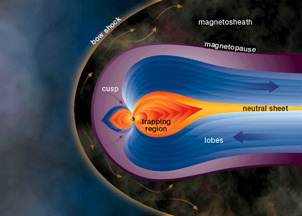
A magnetometer is an instrument for measuring magnetic fields. Many spacecraft carry magnetometers to measure the magnetic fields around planets. When a spacecraft makes those measurements, what do the
...more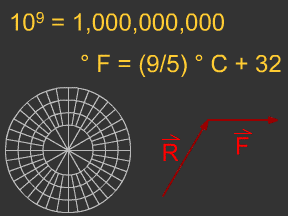
In order to study and explain space weather, scientists need to use some pretty complex math. So if you would like to study space weather when you grow up, keep plugging away in your math class! For example,
...more














